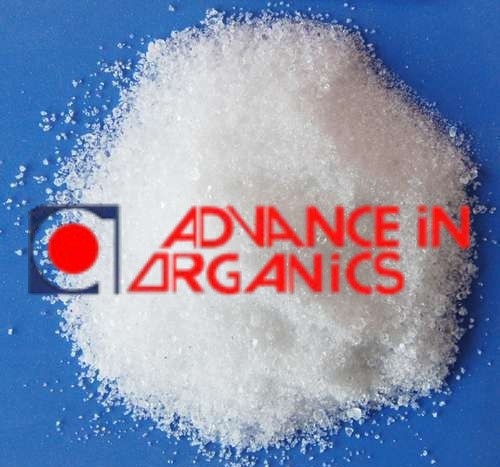In the huge and complicated universe of food production, the most important thing is consistency. If a customer wants to purchase a pancake that is as fluffy as always, a crunchy French fry or canned meat with natural taste that never changes, he will get exactly this each time. It’s not easy to achieve such constancy and it demands calculated combining of components and techniques. Sodium acid pyrophosphate (SAPP) belongs to the unsung heroes who are involved in this delicate entrée; it is an additive that has many uses in food processing, especially when it comes to quality assurance and maintainability in different foods.
What is Sodium Acid Pyrophosphate?
A synthetic leavening agent and pH buffer, sodium acid pyrophosphate commonly called SAPP, is used in diverse food products. Sodium and phosphorus make up its chemical composition, with it being a white powder dissolved in water. Despite its name sounding threatening, SAPP is quite popular among food makers who consider it safe as per FDA and EFSA guidelines.
The Role of SAPP in Food Manufacturing
In food manufacturing, leavening agent is the basic role of SAPP. The creation of a light, fluffy consistency that is found in cakes, breads and other baked products during cooking is the primary responsibility of leavening agents. On combining an acid with baking soda, SAPP reacts by producing carbon dioxide gas which then remains trapped within the dough or batter thus facilitating its fermentation. This gas has to be controlled so as to ensure that it rises at systematic intervals and up to specified levels for uniform volume and texture.
However, this is not the only way in which SAPP is useful. For instance, it acts as an antacid in processed foods that helps keep a stable pH level. It is therefore most crucial in meat and potato products where their texture, color and quality are substantially affected by pH. For example, in processed meats like sausages and hams, SAPP remains water in them leading to a firm texture due to minimal protein denaturation. In fried potato items such as French fries and has browns it helps to prevent browning reactions during frying hence giving them even golden color.
Shelf Life Improvement
Additionally, it plays a vital role of improving shelf-life through safety enhancement. SAPP can control the pH levels thereby arresting bacterial growth or any other microorganism that may spoil food or cause health problems. This is especially important for products with long shelf lives such as canned goods and processed meats. Moreover, the struvite crystals that may form when canned seafood reacts with magnesium and ammonia compounds are avoided by SAPP. These crystals are harmless though they resemble glass shards which may give rise to consumer worries.
The Versatility of SAPP in Food Applications
The versatility of SAPP makes it a valuable tool in a wide range of food applications. In addition to its roles as a leavening and buffering agent, it also functions as a chelating agent, binding to metal ions like calcium and magnesium to prevent unwanted reactions. This is particularly useful in dairy products and beverages, where SAPP helps to stabilize the product and prevent coagulation or precipitation.
It is also used in dough conditioners, where it aids in the manipulation characteristics of the dough to make it more malleable and less prone to stickiness. In cake mixes, one can rely on its potential for always making the dough rise consistently with a uniform crumb pattern even at high volumes.
Consumer Perception and Regulatory Compliance
However, SAPP has some critics as an additive used in food production. People are afraid of chemicals that look like additives because they think of them as being part of processed foods which can be harmful. However, regulatory bodies consider SAPP safe when applied within set limits. By openly discussing their use of SAPP and why it is employed for product quality assurance and consumers’ safety, food producers may help allay such concerns.
Conclusion
Industrial baking always demands consistency; hence Sodium Acid Pyrophosphate finds a place there. It contributes profoundly to controlling leavening agents as well as pH levels and moisture content plus its versatility in various forms makes it possible across many types from corn flakes to tortillas or pasta products that people enjoy every day. Although not commonly known among households, the contributions made by SAPP cannot be ignored in food industry since these substances ensure our favorite foods have the right taste, texture and appearance each time they are produced.

